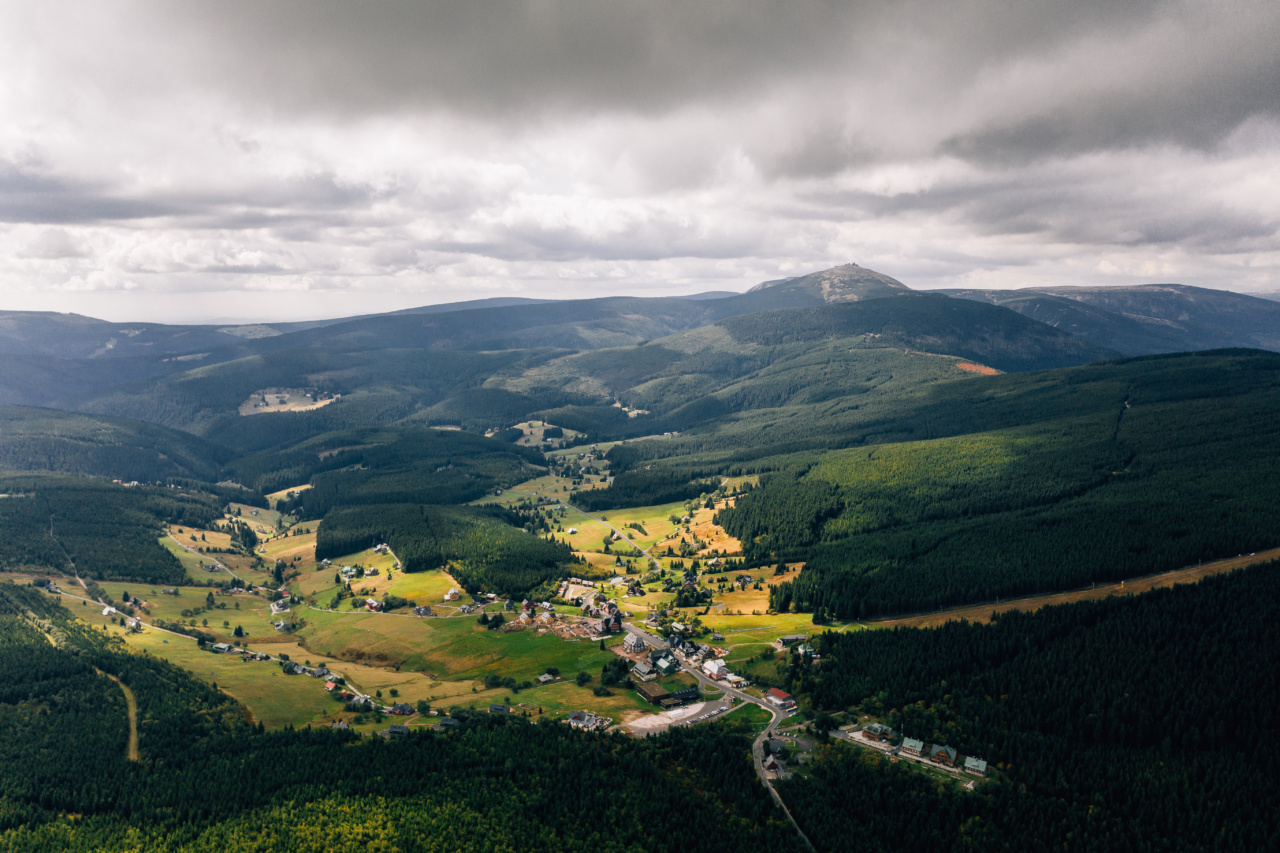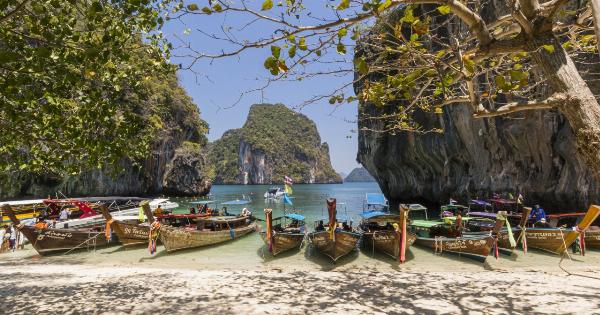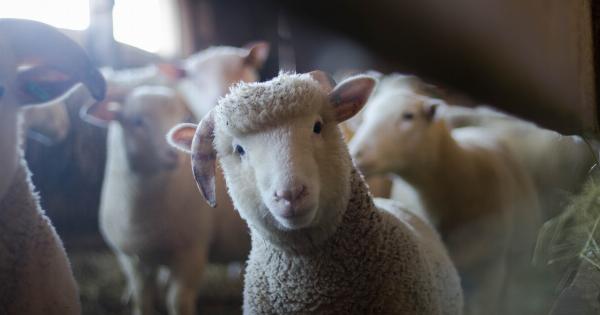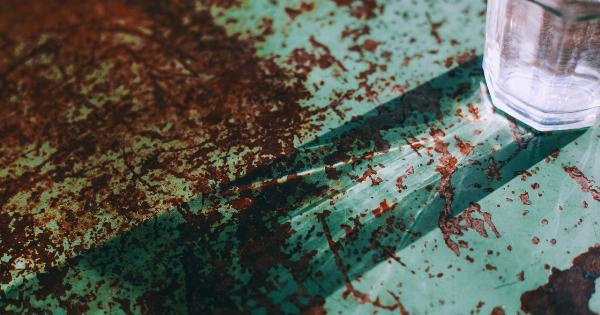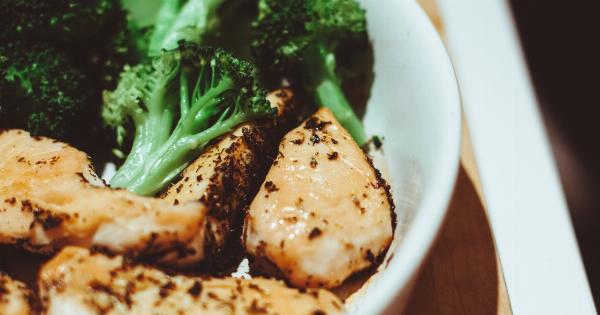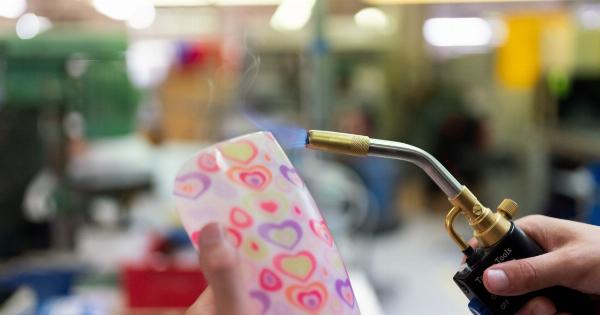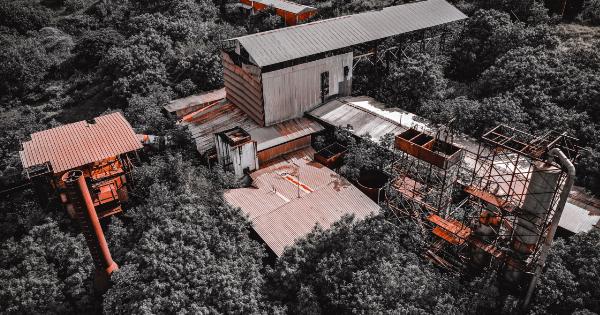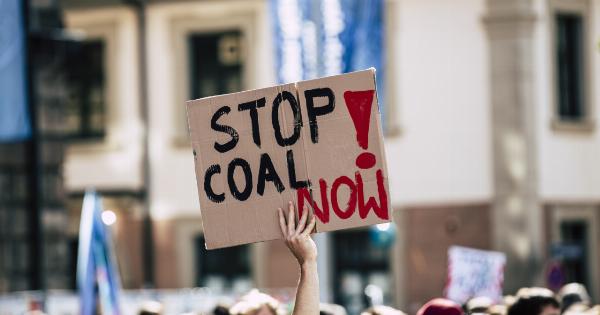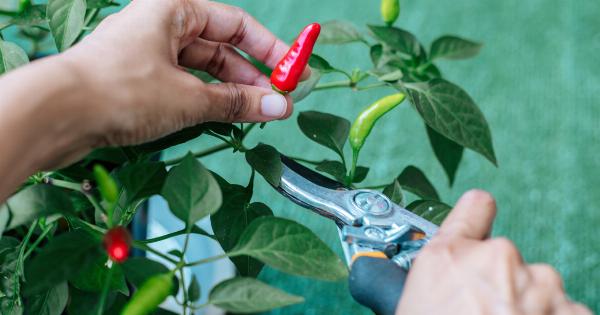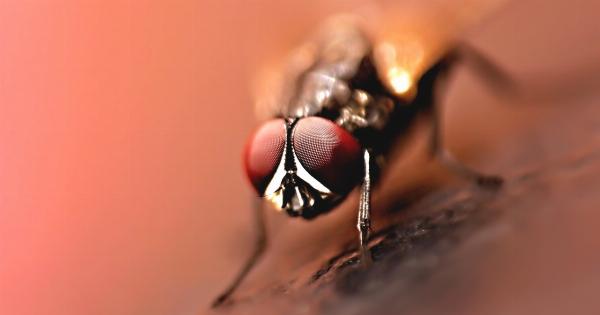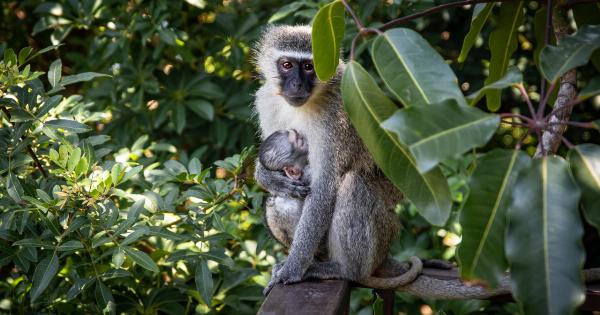Plastic has become an integral part of our lives, with its use in various industries and everyday products. It is crucial to understand the manufacturing process of plastic to address its environmental impact and work towards sustainable alternatives.
In this article, we will delve into the plastic production practices in two countries – the Czech Republic and Thailand.
1. Plastic Production in the Czech Republic
The Czech Republic has a significant presence in the plastic production industry. With advanced manufacturing facilities and a skilled workforce, the country plays a crucial role in the European plastic market.
The production process typically involves several stages.
2. Raw Material Sourcing
The first step in plastic production is the sourcing of raw materials. The Czech Republic heavily relies on imported petrochemicals, mainly from Russia and Saudi Arabia.
These petrochemicals serve as the base for the manufacturing of various types of plastic.
3. Polymerization
After acquiring the raw materials, the next stage is polymerization. This process involves combining the petrochemicals with various additives, such as colorants and stabilizers, in large reactors.
The mixture is then heated and stirred to promote the polymerization reaction, which results in the formation of a polymer resin.
4. Plastic Extrusion
Once the polymer resin is formed, it goes through a process called plastic extrusion. This process involves melting the resin and pushing it through a specially designed die to create the desired shape.
The extruded plastic can be used for various applications, such as pipes, sheets, and packaging materials.
5. Injection Molding
Injection molding is another common method used in plastic production. It is particularly suitable for producing complex shapes and objects in large quantities. In this process, the molten plastic is injected into a mold under high pressure.
After cooling and solidification, the mold is opened, and the final product is ejected.
6. Plastic Waste Management
Plastic waste management is a critical issue in the Czech Republic. The country has implemented various recycling initiatives to minimize the environmental impact of plastic production and consumption.
Collection systems, sorting facilities, and recycling plants are in place to ensure the proper disposal and recycling of plastic waste.
7. Plastic Production in Thailand
Thailand is a major player in the global plastic production market. The country benefits from abundant raw materials and a well-established manufacturing industry. Let’s explore the plastic production process in Thailand.
8. Feedstock Preparation
In Thailand, plastic production begins with feedstock preparation. The raw materials, sourced domestically or imported, undergo a refining process to remove impurities and enhance their quality.
This step ensures that the plastic produced meets the required standards.
9. Polymerization and Monomer Conversion
Similar to the Czech Republic, polymerization is a fundamental step in plastic production in Thailand. The refined feedstock is subjected to high temperatures and pressure to initiate the polymerization reaction.
Monomers combine to form long chains of polymers, which are then processed further.
10. Plastic Compounding
Plastic compounding is an essential process in Thailand’s plastic production industry. It involves blending the polymer material with various additives, reinforcing agents, and colorants to achieve the desired properties.
This step allows customization of plastic for specific applications.
11. Blow Molding and Thermoforming
To shape the plastic into the desired form, Thailand utilizes blow molding and thermoforming techniques. Blow molding is commonly used for producing bottles, containers, and other hollow objects.
Thermoforming, on the other hand, involves heating a plastic sheet and molding it into the desired shape using a mold.
12. Environmental Concerns and Initiatives
Like many other countries, Thailand faces environmental challenges associated with plastic production. The government and various organizations are taking steps to address these concerns.
Initiatives include promoting plastic waste reduction, implementing recycling programs, and supporting the development of eco-friendly alternatives.
Conclusion
The plastic production processes in the Czech Republic and Thailand involve various stages, from raw material sourcing to the shaping of the final product.
While plastic plays a crucial role in our daily lives, it is essential to manage its production and disposal in a sustainable manner. Both countries are actively working towards reducing the environmental impact of plastic production and exploring alternative materials.
